This is a round-up of the facts about Trojan horse viruses targeting macOS as well as the best practices of removing them and remediating the impact.
What is a Trojan horse virus on Mac?
As is the case with pretty much any form of malicious code, the conceptual shades of Trojan horses have expanded beyond the original definition of these predatory digital beings. It’s also not uncommon for many people to use the term “virus” regarding the average harmful Mac application, which isn’t quite correct either because a virus is inherently a threat that replicates itself inside a plagued environment. Since these instances of terminology overlapping make the categorization somewhat murky, dispelling the whole ambiguity makes a whole lot of sense. Let’s zoom into the essence of a Trojan horse from the angle of macOS. Technically, this is a type of malware that masquerades itself as something benign to deceive a user into installing it and granting the permissions it should never have in an ideal world.

Those initiated in the nuances of the present-day cyber threat landscape know that most Mac pests propagate by means of a peculiar technique called bundling. It is a mechanism that combines harmless and dangerous entities under the hood of legit-looking installation clients. Predictably enough, the only components mentioned in the clear are innocuous ones, and the bad stuff lies beneath the tip of the iceberg. This principle fully fits the modus operandi of a Trojan horse virus: to make the user think they are authorizing one thing to infiltrate their Mac, while they end up with extras they are clueless about. That’s the way the notorious Shlayer Trojan has been making the rounds for years. One of the prevalent strains of Mac malware, it arrives with what appears to be a normal Adobe Flash Player update, misguiding people through a rabbit hole of rogue permission requests. After the trespass, Shlayer acts just like classic adware – it hijacks the victim’s web browsing settings and redirects the traffic to fake search engines, displays dodgy ads, and collects personally identifiable data (PID).
Trojan horse virus may re-infect your Mac multiple times unless you delete all of its fragments, including hidden ones. Therefore, it is recommended to download Combo Cleaner and scan your system for these stubborn files. This way, you may reduce the cleanup time from hours to minutes.
Download Now Learn how Combo Cleaner works. If the utility spots malicious code, you will need to buy a license to get rid of it.Mac ransomware is another species that fits the mold of a Trojan horse virus. Incidentally, these nasties are also referred to as ransom Trojans, and for good reason. Their operators leverage the tactic of passing the dangerous payloads off as something else. One of the earliest reported outbreaks of this malware offspring was the 2016 KeRanger campaign, in which the malicious installer was lurking in a hacked version of the popular BitTorrent client called Transmission. One more file-encrypting baddie dubbed Patcher portrayed itself as a crack tool for Adobe Premiere Pro CC application. Other infamous Mac ransomware distribution plots take the impersonation route to infiltrate machines, too.
The Trojan horse theme as a scare
Now that it’s clear how the “camouflage” trick makes Mac Trojan horse viruses stand out from the rest, it’s worth describing a widespread social engineering scheme that parasitizes the fear in the face of these infections as a catalyst for wrong decisions. There are online scams galore which tell users that their systems are contaminated with a highly impactful Trojan when they are actually not. The goal is to hoodwink unsuspecting people into installing worthless junk such as fake system optimizers or pseudo-antiviruses, or to obtain elevated privileges in host computers. The distinguishing hallmark of these frauds is that they are isolated to web browsers. When a would-be victim clicks a toxic link or accidentally visits a scam resource like the phony Apple Platform Security page in the screenshot below, they’ll see a bunch of misleading alerts stating that a Trojan has been detected.
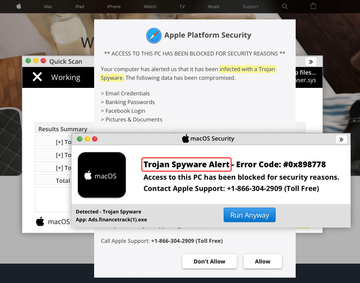
The intimidation and panic effects are fertile soil for hasty actions that, in turn, lead to unwanted consequences. Some of the landing pages are scams that instruct users to call a “tech support agent”, only to be manipulated by an impostor who will attempt to wheedle out sensitive information such as credit card details or to access the Mac remotely under the guise of fixing the security issue. A good deal of these hoaxes are tailored to promote counterfeit removal software that will supposedly eradicate the imaginary Trojan horse virus and tidy up the system from other crud. In some scenarios, the faux “Click here to delete the virus” alerts conceal permission requests to allow web push notifications from a particular site. If this one pans out, the victim’s browser and desktop will be deluged with pop-up ads.

Mac Trojan attack aftermath
Given the heterogeneous ecosystem of Trojans zeroing in on Macs, the symptoms vary from sample of sample. They run the gamut from browser redirect activity and annoying pop-ups to data damage and sensitive information harvesting. Adware has a relatively low impact overall, but the fact that it keeps tweaking a victim’s web surfing preferences makes it extremely pesky. Ransomware focuses on cryptography-based extortion, where people run the risk of losing their files unless they succumb to these demands. Scareware displays an insane number of dummy security warnings and may even deliberately deteriorate the performance of a Mac to fool the user into paying for the purported cleanup.
What all Trojan horse viruses have in common is a combination of stealth and persistence. To establish and maintain a firm grip on a Mac, they tend to hide their files, executables, and other components in multiple locations across the system. With this in mind, the effective removal is a matter of checking virtually every nook and cranny of the computer for these unwanted breadcrumbs. To top it off, some Trojans abuse administration features such as configuration profiles in macOS and enterprise policies in Google Chrome to make the remediation harder. The good news is that a mix of battle-tested security procedures can help overcome all these obstacles. The following paragraphs will point you in the right direction.
Trojan horse virus manual removal for Mac
The steps listed below will walk you through the removal of this malicious application. Be sure to follow the instructions in the specified order.
Expand the Go menu in your Mac’s Finder bar and select Utilities as shown below.
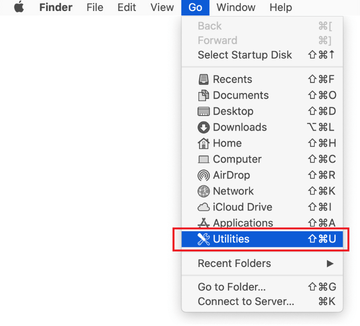
Locate the Activity Monitor icon on the Utilities screen and double-click on it.
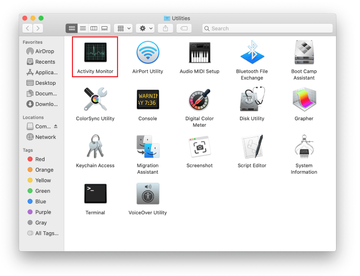
In the Activity Monitor app, look for a process that appears suspicious. To narrow down your search, focus on unfamiliar resource-intensive entries on the list. Keep in mind that its name isn’t necessarily related to the way the threat is manifesting itself, so you’ll need to trust your own judgement. If you pinpoint the culprit, select it and click on the Stop icon in the upper left-hand corner of the screen.
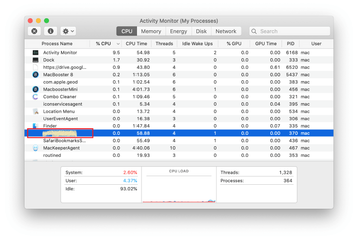
When a follow-up dialog pops up asking if you are sure you want to quit the troublemaking process, select the Force Quit option.
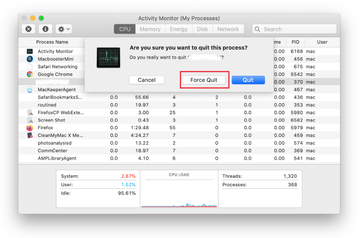
Click on the Go menu icon in the Finder again and select Go to Folder. You can as well use the Command-Shift-G keyboard shortcut.

Type /Library/LaunchAgents in the folder search dialog and click on the Go button.
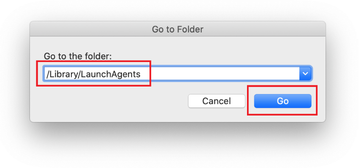
Examine the contents of the LaunchAgents folder for dubious-looking items. Be advised that the names of files spawned by malware may give no clear clues that they are malicious, so you should look for recently added entities that appear to deviate from the norm.
As an illustration, here are several examples of LaunchAgents related to mainstream Mac infections: com.updater.mcy.plist, com.avickUpd.plist, and com.msp.agent.plist. If you spot files that don’t belong on the list, go ahead and drag them to the Trash.
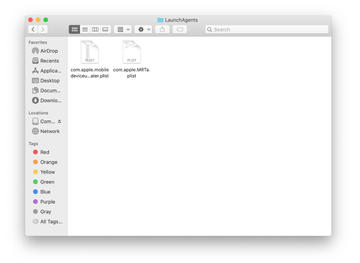
Use the Go to Folder lookup feature again to navigate to the folder named ~/Library/Application Support (note the tilde symbol prepended to the path).
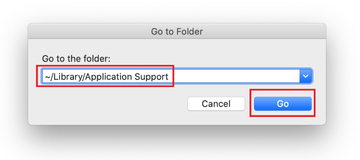
When the Application Support directory is opened, identify recently generated suspicious folders in it and send them to the Trash. A quick tip is to look for items whose names have nothing to do with Apple products or apps you knowingly installed. A few examples of known-malicious folder names are com.AuraSearchDaemon, ProgressSite and IdeaShared.
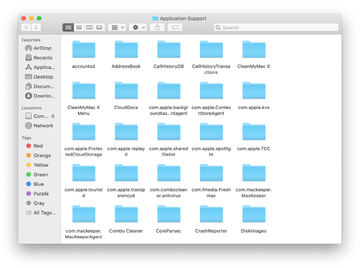
Enter ~/Library/LaunchAgents string (don’t forget to include the tilde character) in the Go to Folder search area.
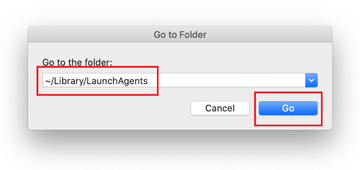
The system will display LaunchAgents residing in the current user’s Home directory. Look for dodgy items related to the Trojan horse virus (see logic highlighted in subsections above) and drag the suspects to the Trash.
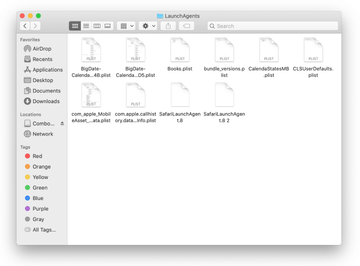
Type /Library/LaunchDaemons in the Go to Folder search field.
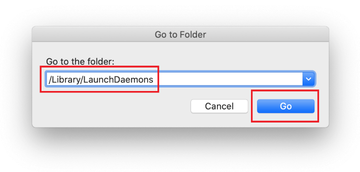
In the LaunchDaemons path, try to pinpoint the files the malware is using for persistence. Several examples of such items cropped by Mac infections are com.pplauncher.plist, com.startup.plist, and com.ExpertModuleSearchDaemon.plist. Delete the sketchy files immediately.
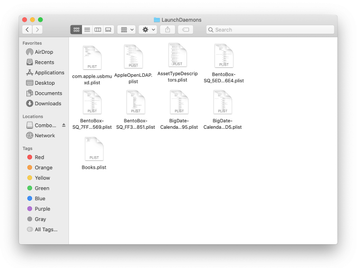
Click on the Go menu icon in your Mac’s Finder and select Applications on the list.

Find the app that clearly doesn’t belong there and move it to the Trash. If this action requires your admin password for confirmation, go ahead and enter it.
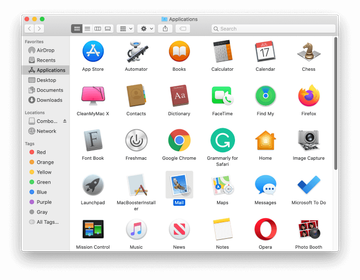
Expand the Apple menu and select System Preferences.
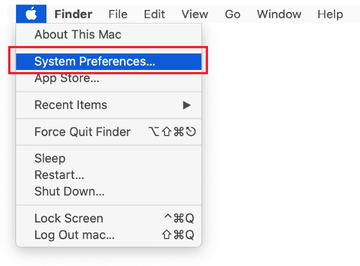
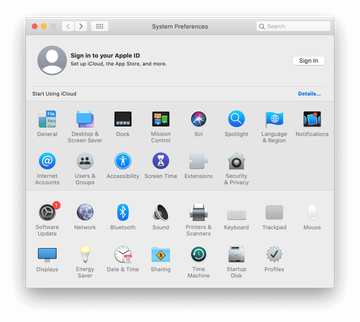
Proceed to Users & Groups and click on the Login Items tab.
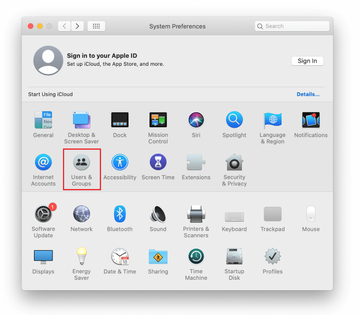
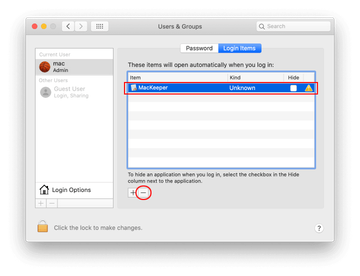
Now select Profiles under System Preferences. Look for a malicious item in the left-hand sidebar. Several examples of configuration profiles created by Mac adware include TechSignalSearch, MainSearchPlatform, AdminPrefs, and Safari Preferences. Select the offending entity and click on the minus sign at the bottom to eliminate it.
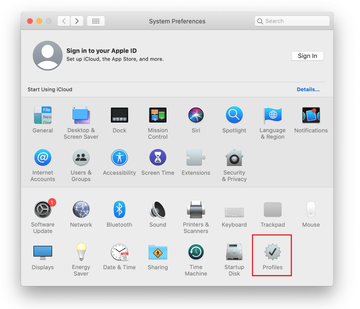
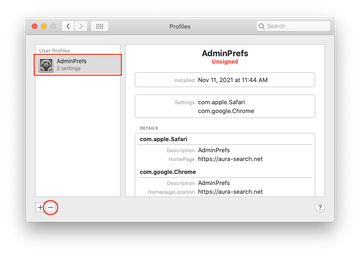
Get rid of Trojan virus in web browser on Mac
To begin with, the web browser settings taken over by the Trojan virus should be restored to their default values. Although this will clear most of your customizations, web surfing history, and all temporary data stored by websites, the malicious interference should be terminated likewise. The overview of the steps for completing this procedure is as follows:
- Remove Trojan virus from Safari
Open the browser and go to Safari menu. Select Preferences in the drop-down list.
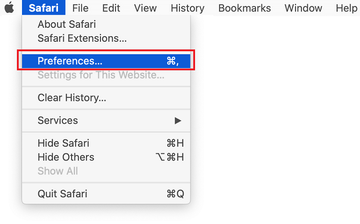
Once the Preferences screen appears, click on the Advanced tab and enable the option saying “Show Develop menu in menu bar”.
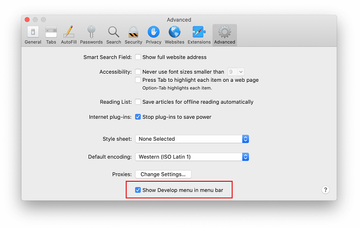
Now that the Develop entry has been added to the Safari menu, expand it and click on Empty Caches.
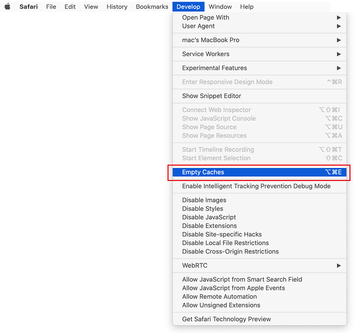
Now select History in the Safari menu and click on Clear History in the drop-down list.
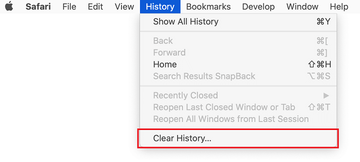
Safari will display a dialog asking you to specify the period of time this action will apply to. Select all history to ensure a maximum effect. Click on the Clear History button to confirm and exit.

Go back to the Safari Preferences and hit the Privacy tab at the top. Find the option that says Manage Website Data and click on it.

The browser will display a follow-up screen listing the websites that have stored data about your Internet activities. This dialog additionally includes a brief description of what the removal does: you may be logged out of some services and encounter other changes of website behavior after the procedure. If you’re okay with that, go ahead and click on the Remove All button.
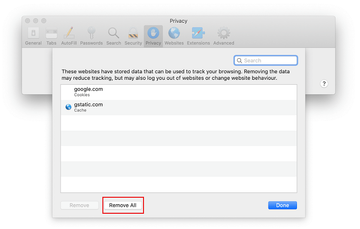
Restart Safari
- Remove Trojan in Google Chrome
Open Chrome, click the Customize and control Google Chrome (⁝) icon in the top right-hand part of the window, and select Settings in the drop-down
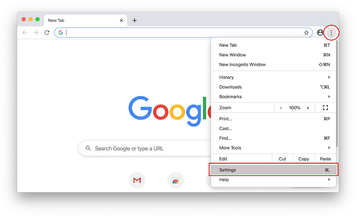
When on the Settings pane, select Advanced
Scroll down to the Reset settings section.
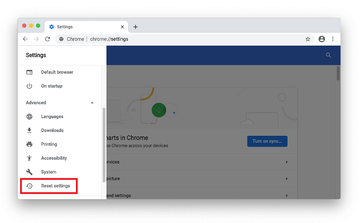
Confirm the Chrome reset on a dialog that will pop up. When the procedure is completed, relaunch the browser and check it for malware activity.
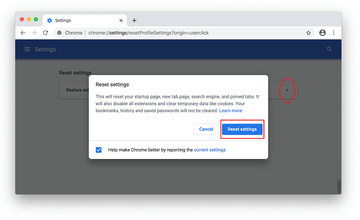
- Remove Trojan from Mozilla Firefox
Open Firefox and go to Help – Troubleshooting Information (or type about:support in the URL bar and press Enter).
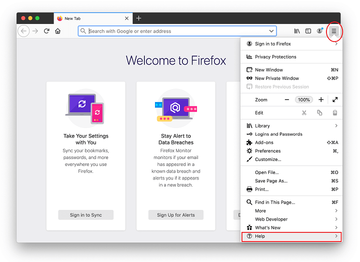

When on the Troubleshooting Information screen, click on the Refresh Firefox button.
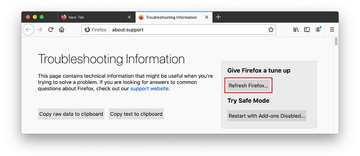
Confirm the intended changes and restart Firefox.
Get rid of Trojan horse virus using Combo Cleaner removal tool
The Mac maintenance and security app called Combo Cleaner is a one-stop tool to detect and remove Trojan virus. This technique has substantial benefits over manual cleanup, because the utility gets hourly virus definition updates and can accurately spot even the newest Mac infections.
Furthermore, the automatic solution will find the core files of the malware deep down the system structure, which might otherwise be a challenge to locate. Here’s a walkthrough to sort out the Trojan issue using Combo Cleaner:
Download Combo Cleaner installer. When done, double-click the combocleaner.dmg file and follow the prompts to install the tool onto your Mac.
By downloading any applications recommended on this website you agree to our Terms and Conditions and Privacy Policy. The free scanner checks whether your Mac is infected. To get rid of malware, you need to purchase the Premium version of Combo Cleaner.
Open the app from your Launchpad and let it run an update of the malware signature database to make sure it can identify the latest threats.
Click the Start Combo Scan button to check your Mac for malicious activity as well as performance issues.
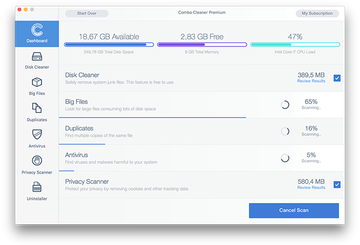
Examine the scan results. If the report says “No Threats”, then you are on the right track with the manual cleaning and can safely proceed to tidy up the web browser that may continue to act up due to the after-effects of the malware attack (see instructions above).
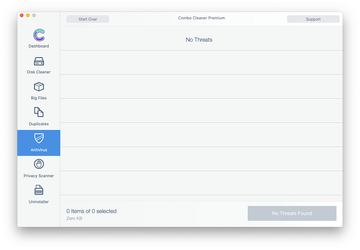
In case Combo Cleaner has detected malicious code, click the Remove Selected Items button and have the utility remove Trojan threat along with any other viruses, PUPs (potentially unwanted programs), or junk files that don’t belong on your Mac.
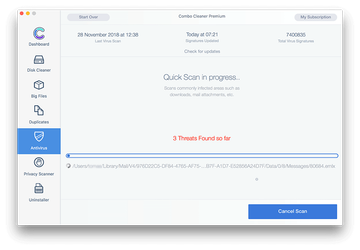
Once you have made doubly sure that the malicious app is uninstalled, the browser-level troubleshooting might still be on your to-do list. If your preferred browser is affected, resort to the previous section of this tutorial to revert to hassle-free web surfing.
